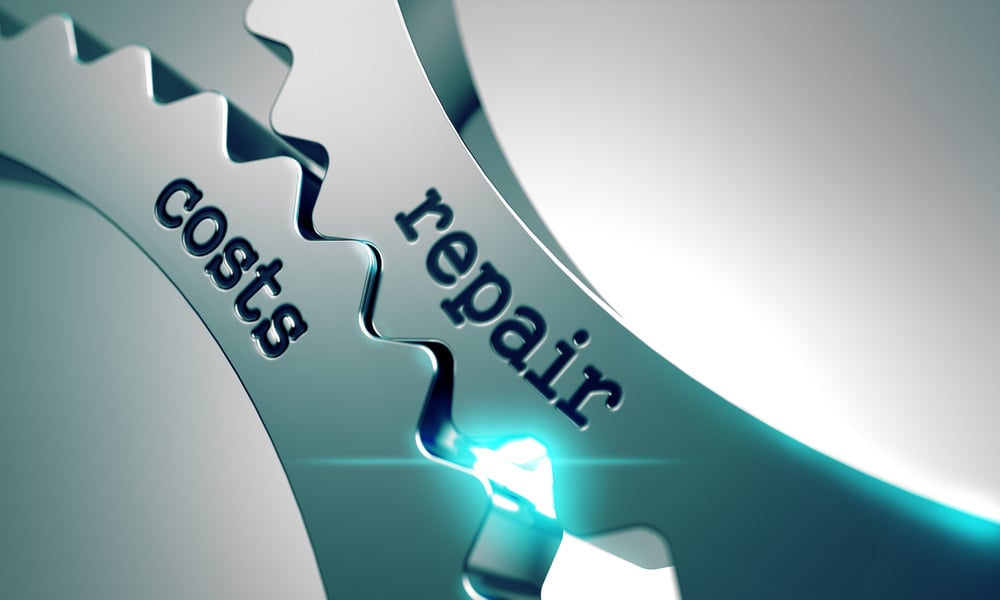How to Reduce Equipment Downtime
All types of business equipment—from machinery and vehicles to computer hardware and technology—are susceptible to wear and tear over time. This can...

As a small business owner, maintaining productivity and a competitive edge are crucial. One aspect that plays a significant role in achieving these goals is having access to the latest equipment, machinery, and technology. However, purchasing these and other assets outright can be difficult and deplete your existing capital. This is where equipment leasing comes into play.
Equipment leasing allows you to acquire new and used equipment without the significant upfront costs associated with buying. In this Huddle Business Capital blog article, we will explain how equipment leasing works and how it can benefit your small business.
In simple terms, equipment leasing refers to leasing equipment from the equipment owner instead of buying it. This contractual arrangement allows a small business owner (the lessee) to access and utilize machinery, vehicles, technology, and other assets from the owner (the lessor) without making a substantial capital investment at the start.
Suppose you recently launched a startup business, have limited access to cash or less-than-perfect credit, or need to procure a critical piece of equipment immediately. In these cases, equipment leasing is worth looking into.
Equipment leasing is also viable if you want to acquire a piece of equipment that might become obsolete in the future, perhaps near or at the end of your lease term.
Equipment leasing is simple to understand and utilize. The lessee pays the lessor to use the equipment for a specific time frame, such as 12, 24, or 36 months, or perhaps longer. Throughout the lease repayment term, the lessee's monthly payments will have an interest fee, the rate of which will depend on several factors. These include the leasing company or lender, the amount borrowed and repayment term length, and the lessee's business credit profile. Other fees that might apply include an origination fee and state or local taxes.
There are several lease options to choose from, but they might vary depending on the lender you choose. These include the dollar buyout lease, which lets you buy the equipment for one dollar once your lease term ends. This lease option will have slightly higher payments. Next is the fair market value (FMV) lease, which lets you buy the equipment at its fair market value once your lease term is up. You can also talk to your lender about renewing your lease or returning the equipment at the end of your lease contract.
Traditional and nonbank lenders offer equipment leasing, and nonbank lenders have more straightforward borrowing requirements. Many lenders provide business owners with low or zero-down payment options, and collateral is not typically required for specific borrowing amounts. Next, business-savvy equipment vendors in countless industries offer in-house leasing; they partner with lenders to provide customers with the convenience of one-stop shopping.
If you decide that equipment leasing is a good option for your business, look for a reputable lender that offers the rates, terms, and turnaround time you want. Nonbank lenders have easy equipment lease applications that can be completed online in minutes, and they provide credit decisions and funding quickly.
There are some essential things to do to ensure a smooth experience from application to end-of-lease options. First, remember to always read and understand the terms and conditions of your lease agreement before committing to any financial obligations. Then, after signing the lease agreement, coordinate with your lender for equipment delivery or pickup arrangements based on their policies.
Next, make timely monthly payments per the agreed-upon terms in the lease contract. Keep track of payment due dates and contact the lender about any concerns or queries. If you default on your payments, the equipment can be repossessed, which will negatively affect your credit score and future borrowing ability.
This Huddle Business Capital blog article is purely educational and contains general information and opinions; it is not intended to provide advice or recommendations of any kind.

All types of business equipment—from machinery and vehicles to computer hardware and technology—are susceptible to wear and tear over time. This can...

Running a small business involves ongoing operational costs and expenses. These include rent, licenses, permits, payroll, inventory, legal fees, and...

Businesses rely heavily on various equipment, technology, machinery, and vehicles to support their operations. However, as these assets age and...